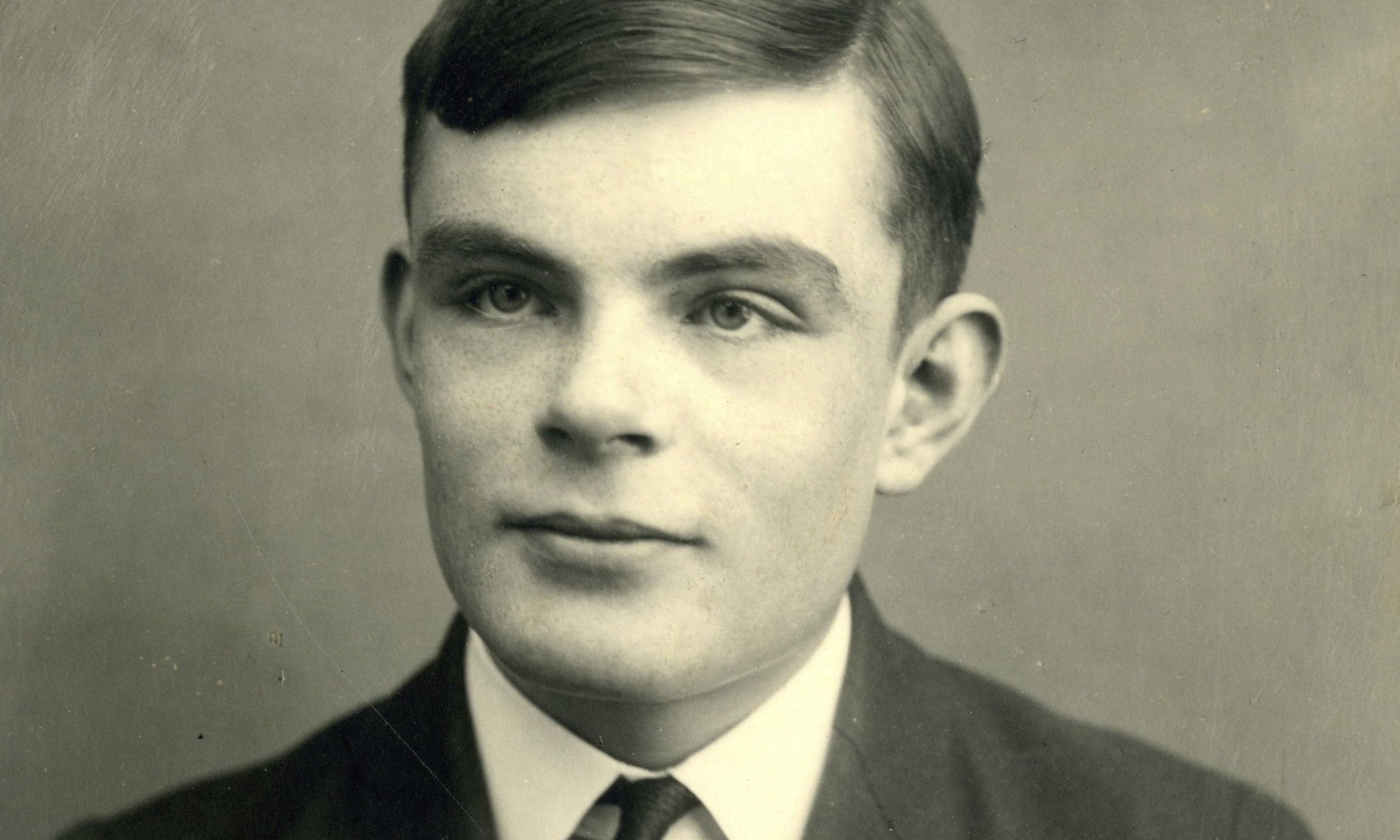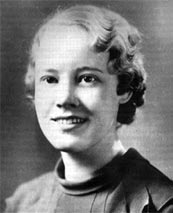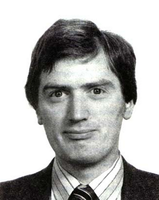Heroes of Technology: Alan Turing

The mathematician who cracked Germany’s secret codes and saved the lives of millions
Code-breaking played a fundamental part in the Allied forces’ victory in the Second World War. The Germans had invented an ‘Enigma machine’, which was used to encrypt secret messages containing important military information, such as the positions of their deadly U-boats. When a message was typed into the machine, it was scrambled into one of nearly 159 quintillion (159 billion billion) possible combinations. To do this, it used an algorithm, or ‘key.’ The key would be changed every 24 hours, making it extremely difficult for even the most brilliant minds to decipher the messages.
But there was one mind that did succeed, and it belonged to a man named Alan Turing. Born in 1912, Turing had a relatively privileged upbringing, attending a renowned independent school in Dorset, England, before studying mathematics at Cambridge University. He was awarded a first and was elected a fellow, and in 1936 he came up with the idea for a programmable computer known as a ‘Turing machine.’ With it, he proved that any mathematical problem could be solved, as long as it was representable as an algorithm. Many argue this machine was the model for all modern computers.
Turing then began working part-time for the Government Code and Cypher School. On the outbreak of the Second World War, Turing was given secret orders to report to Bletchley Park, an ageing mansion in Buckinghamshire. Little did he know it was to become the centre for British war intelligence.
Building on Polish research into the Enigma code, he and mathematician Gordon Welchman developed an electromechanical machine called a ‘Bombe.’ Though the Poles had succeeded in reading Enigma messages on the simplest key systems, this machine allowed any message to be deciphered, so long as the hardware of the Enigma was known and a plain-text ‘crib’ of about 20 letters could be guessed correctly. It is believed that Turing’s work shortened the war in Europe by at least two years.

The Bombe at Bletchley Park
After the war, Turing worked on the design for an Automatic Computing Engine (ACE), which performed its first program in 1950. He also wrote a chess program, in which the computer took about half an hour to make each move. However, his work was interrupted in 1952, when he was charged with gross indecency for having a sexual relationship with a man. Turing pleaded guilty, but rather than face prison, he agreed to undergo hormonal treatment. If that were not punishment enough, he was also banned from continuing his work for the government. Two years later, he took his own life. In 2013, Turing was granted a pardon under the Royal Prerogative of Mercy after a campaign supported by thousands, including Professor Stephen Hawking.
The Bombe
Many of the messages encrypted by the Germans contained a short piece of predictable text, such as ‘Heil Hitler.’ When cryptographers at Bletchley Park thought they had found some of this text, they would analyse it to produce a ‘menu’ – a graph consisting of letters linked up like a London Underground map. This would then be passed onto a Bombe operator, who would wire up the letters on the machine according to the menu. The Bombe was then set running, and ever so often it would stop and the operator would write down the possible password, or ‘key’, it had found. This was then tested to find out if it was the correct one.
In his footsteps
Genevieve Feinstein

Feinstein was an American Signal Intelligence Service cryptanalyst, involved in the decryption of Japanese messages sent during WWII. In 1940, she made a discovery that enabled the SIS to build an analogue decipher machine. Following the war, she worked on a US project called ‘Venona’, decrypting information sent by Soviet Union intelligence agencies.
Clifford Cocks

A British cryptographer, he discovered one of the first public-key cryptosystems, known as RSA. It can encrypt messages, which can then be deciphered by the receiver without either party requiring secret keys. Developing it in 1973, he kept the information secret. It was rediscovered and published by three American mathematicians, who named RSA after themselves.
Top 5 facts about Alan Turing
1. He was a talented distance runner
Turing was a keen sportsman, and his best marathon time of two hours and 46 minutes was only 11 minutes slower than the time clocked by the winner in the 1948 Olympic Games.
2. He was an eccentric
Scruffy and nail-bitten, Turing was renowned at Bletchley for being an eccentric; he chained his coffee mug to the radiator so that no one else could use it!
3. He proposed to a Bletchley co-worker
In 1941, Turing proposed to Hut 8 coworker Joan Clarke, but ended the engagement after admitting he was homosexual.
4. He was an unsung hero
Even after the war, the British authorities couldn’t reveal they had cracked the Enigma code, so his work was unknown to the public until decades after his death.
5. He received a government apology
In 2009, British Prime Minister Gordon Brown issued an official apology for his prosecution, saying “you deserved so much better.”
For more science and technology articles, pick up the latest copy of How It Works from all good retailers or from our website now. If you have a tablet or smartphone, you can also download the digital version onto your iOS or Android device. To make sure you never miss an issue of How It Works magazine,




